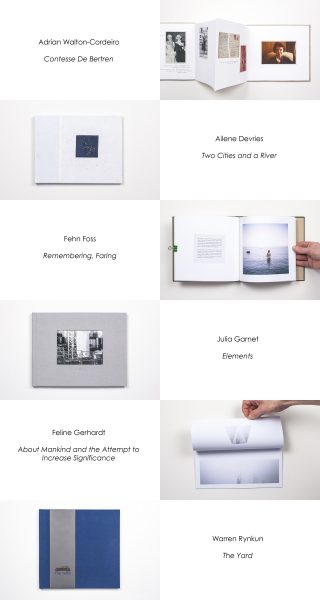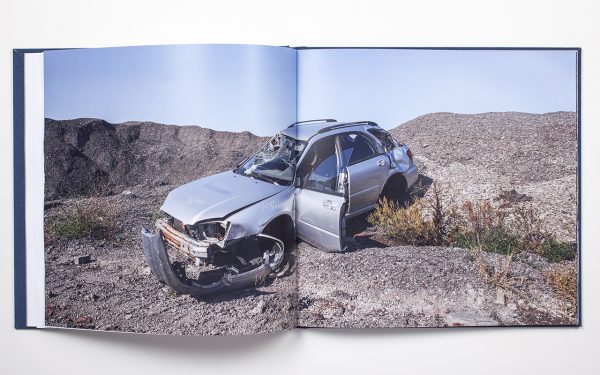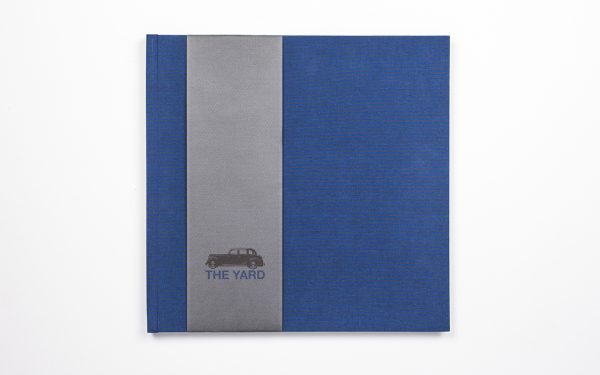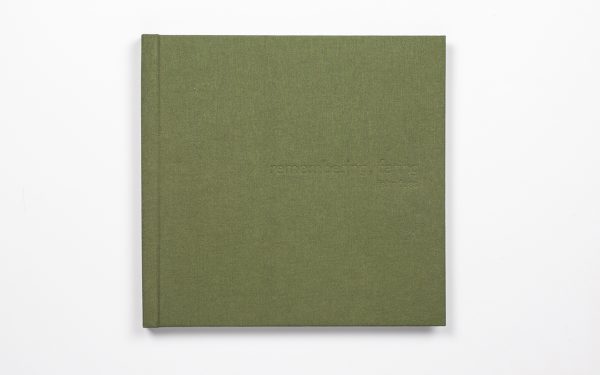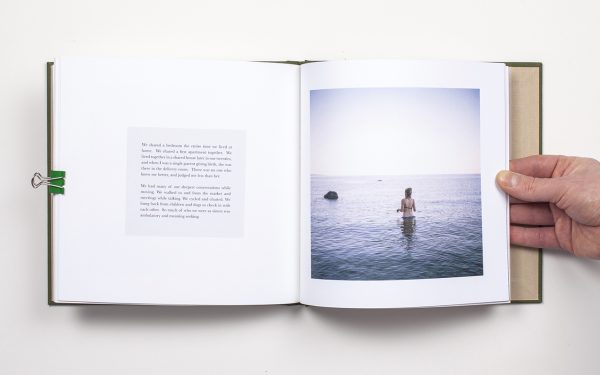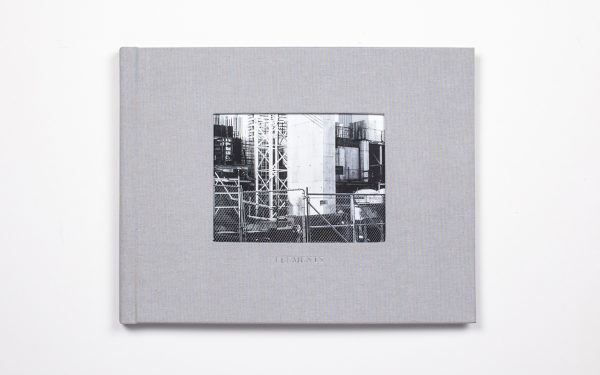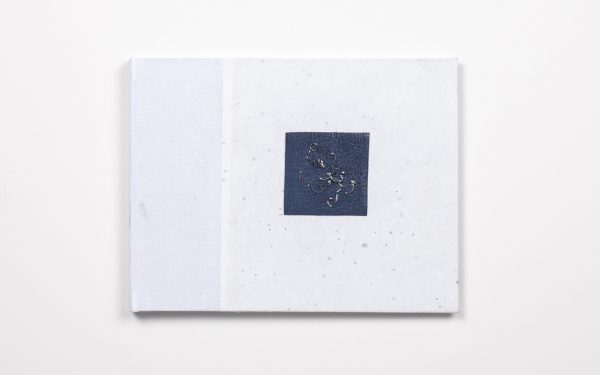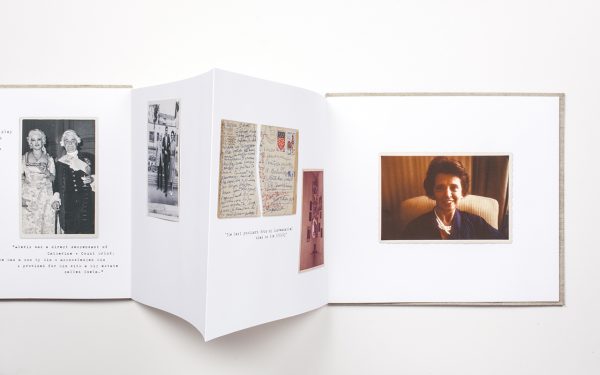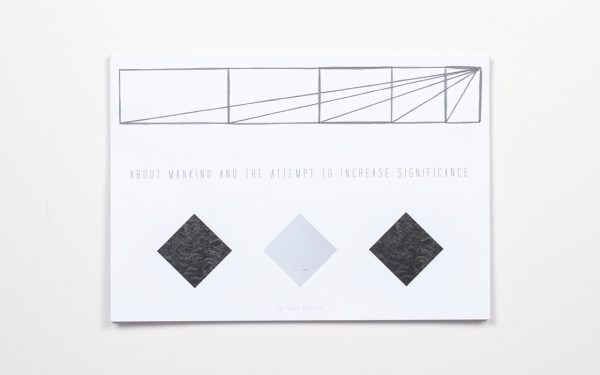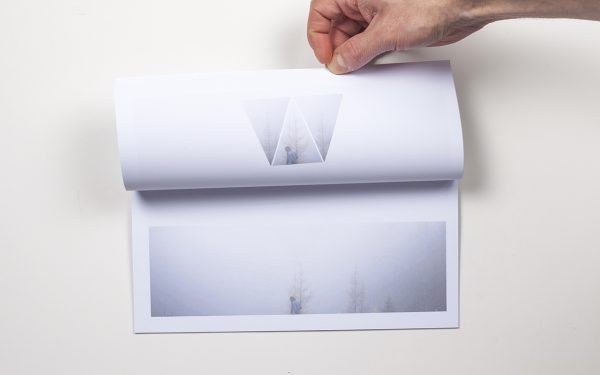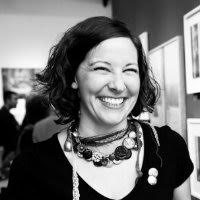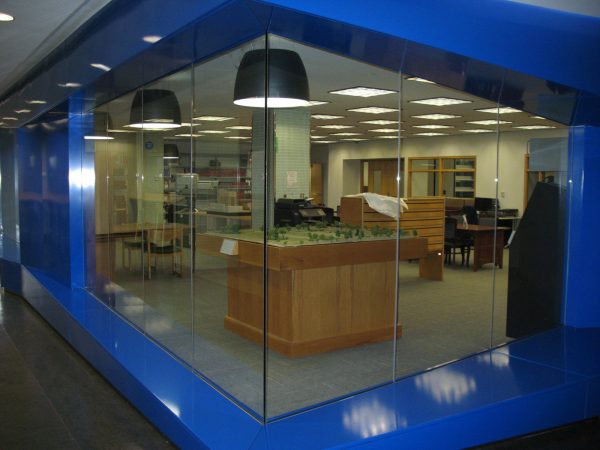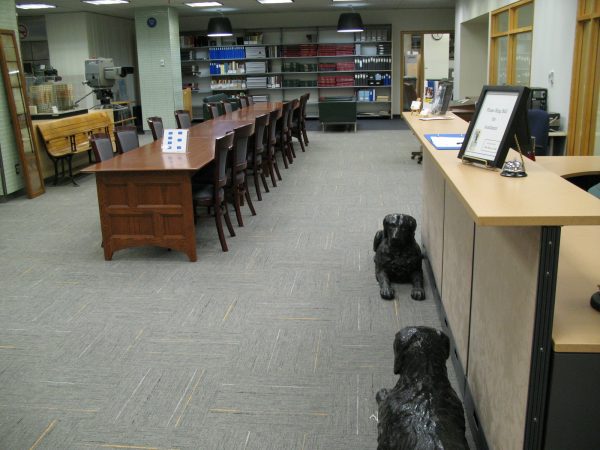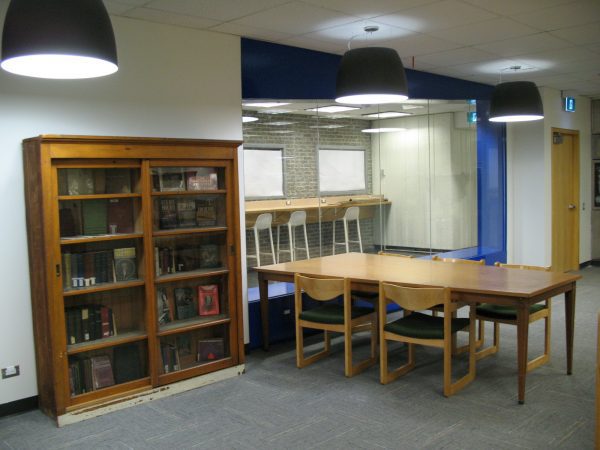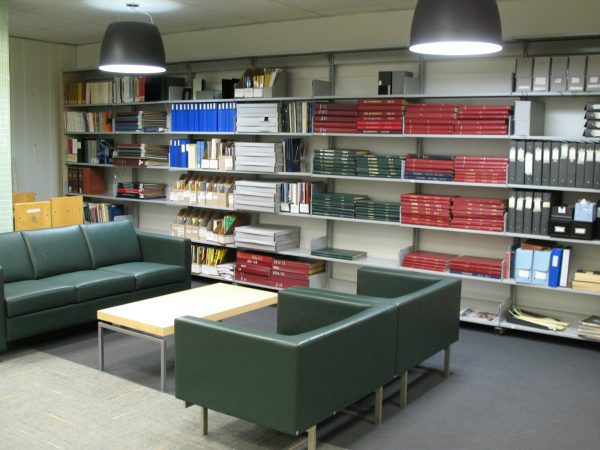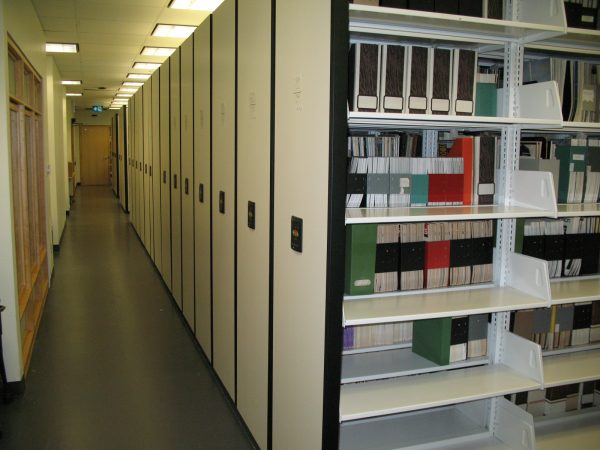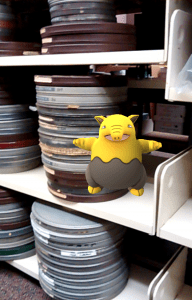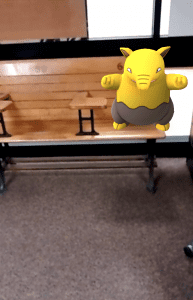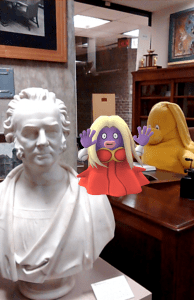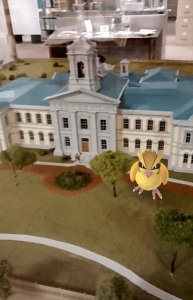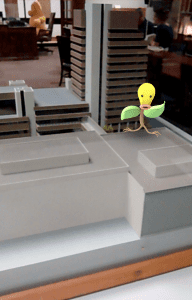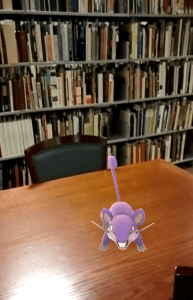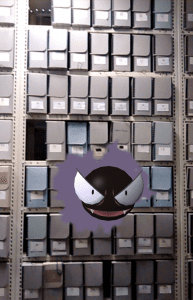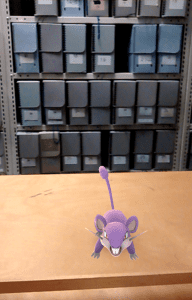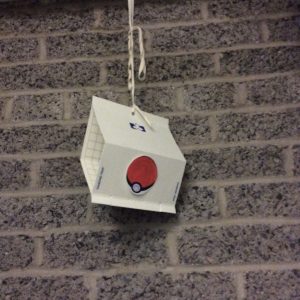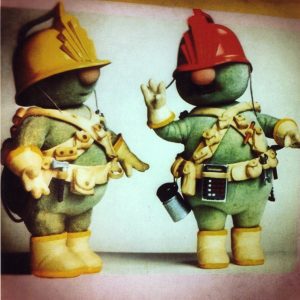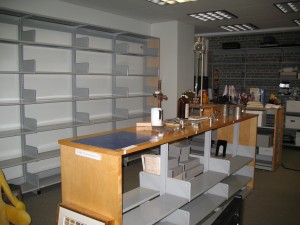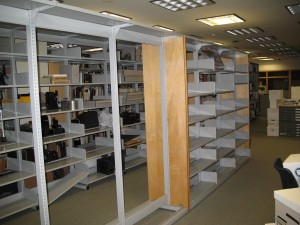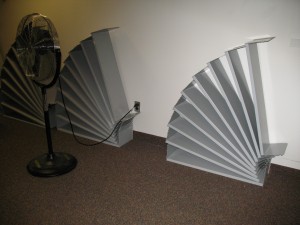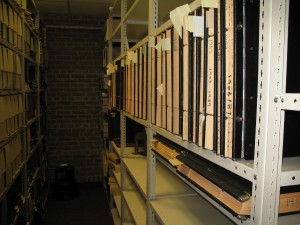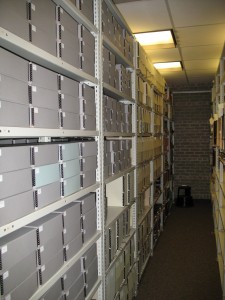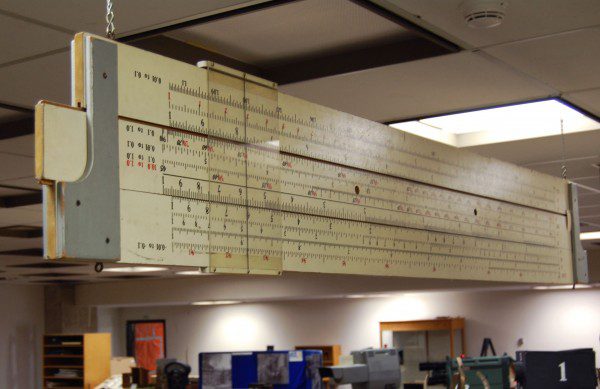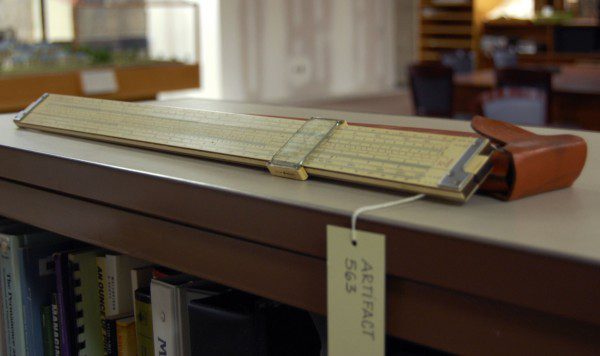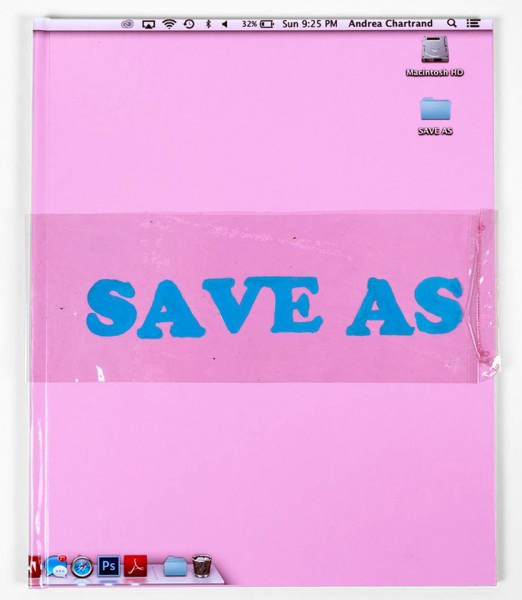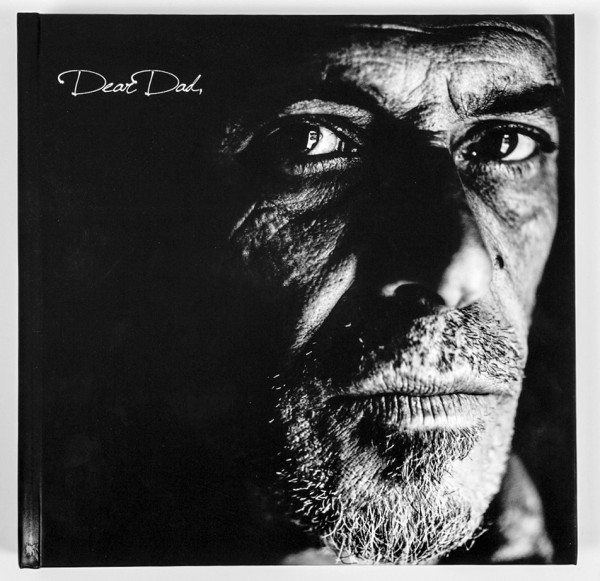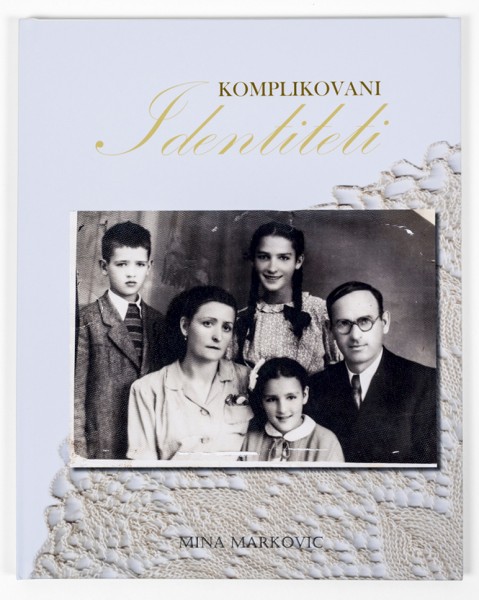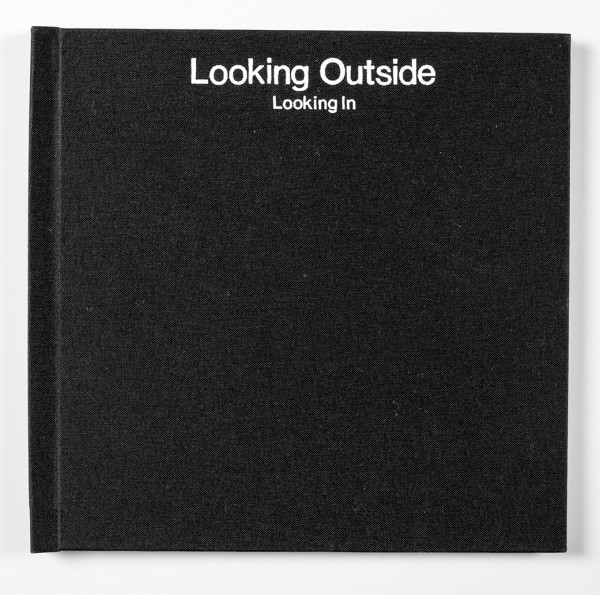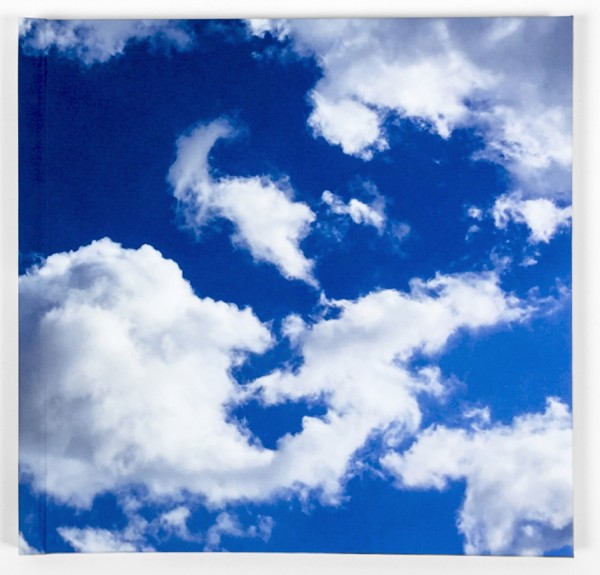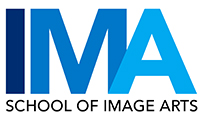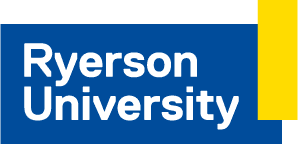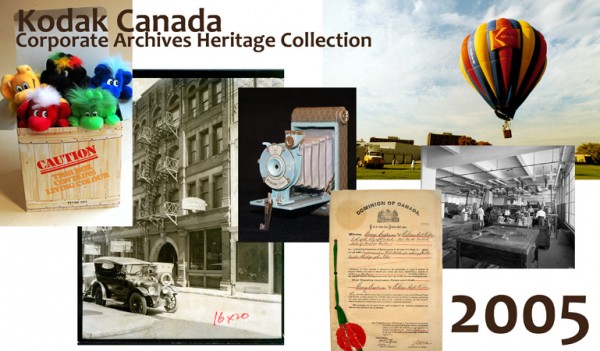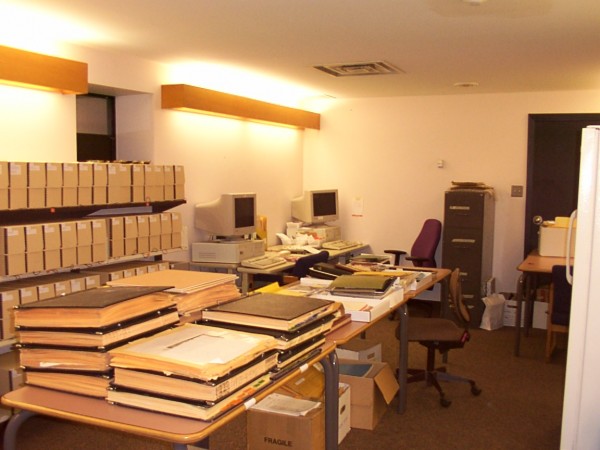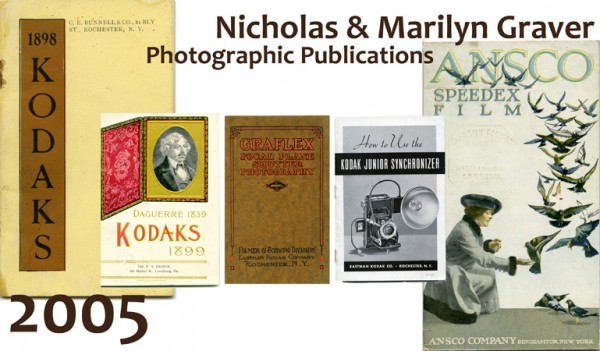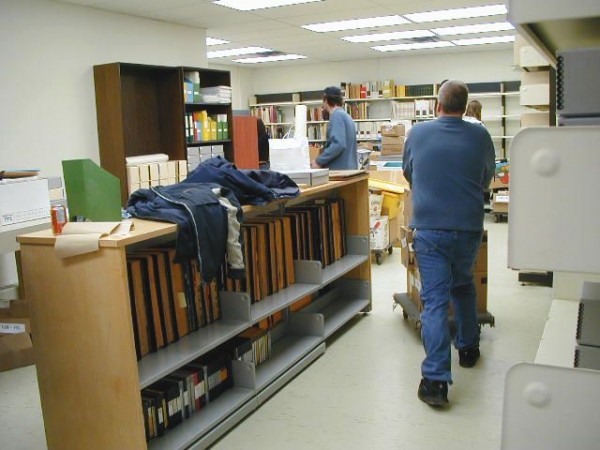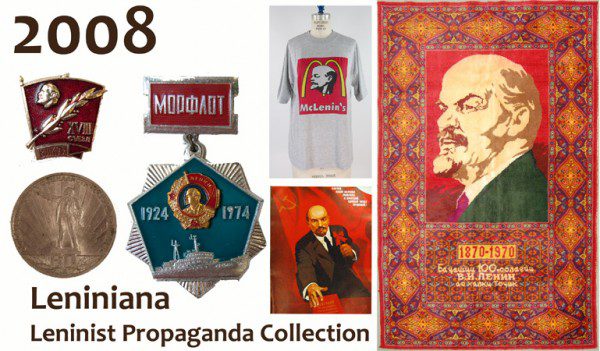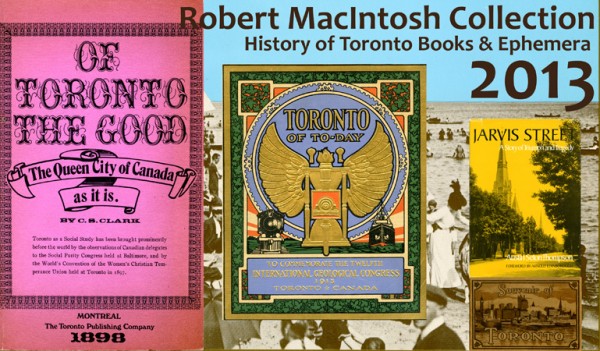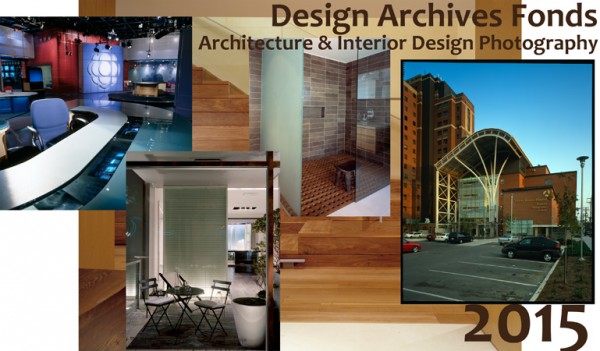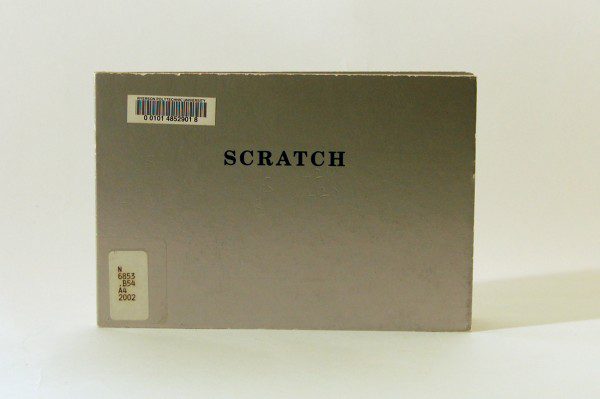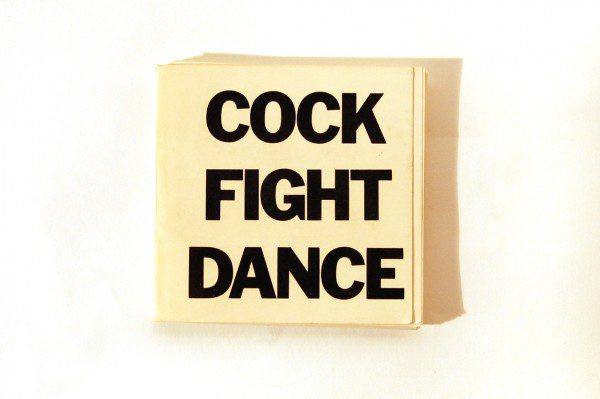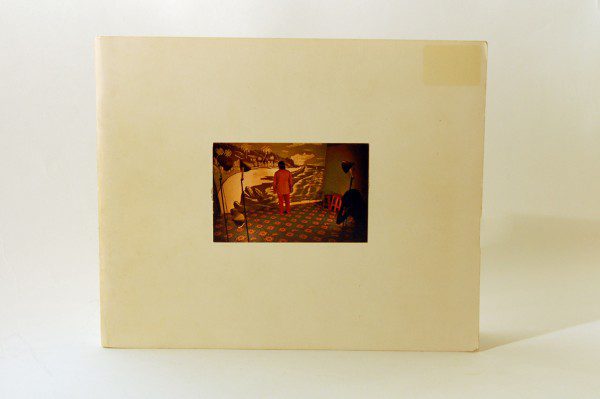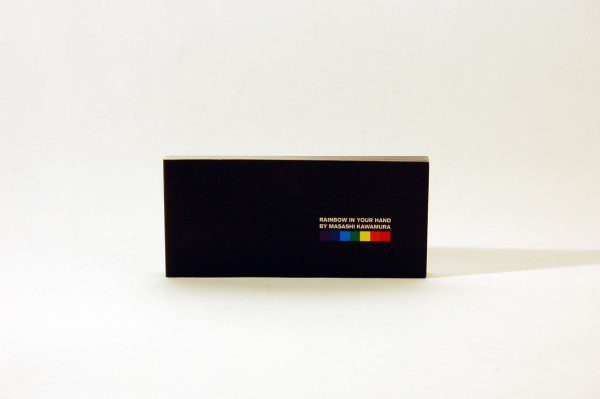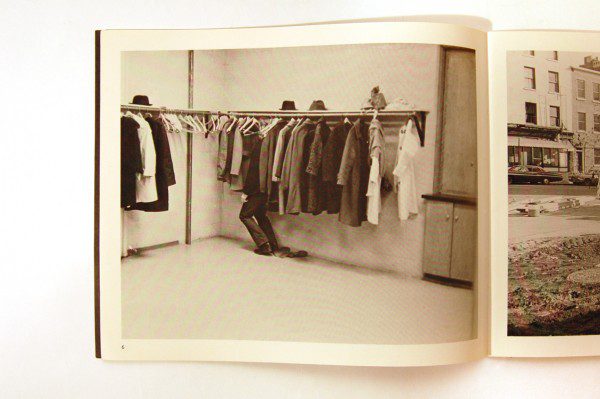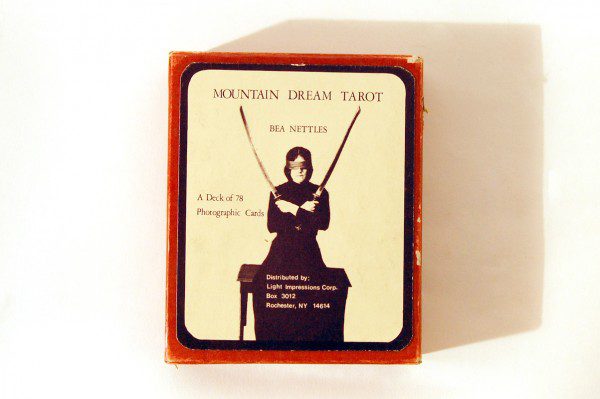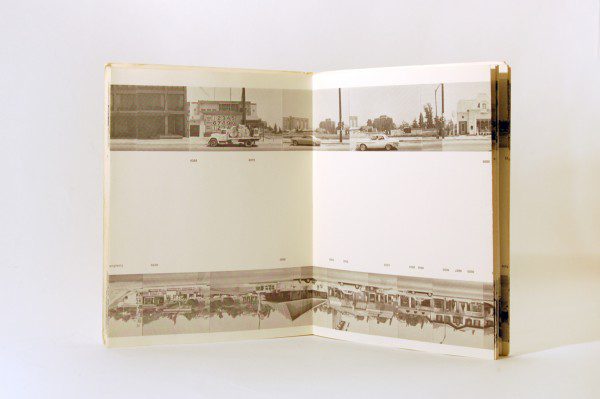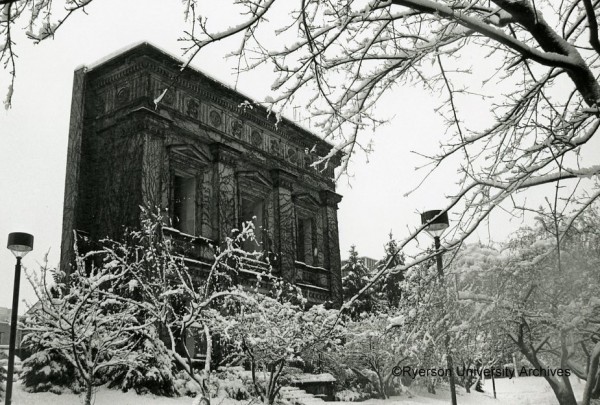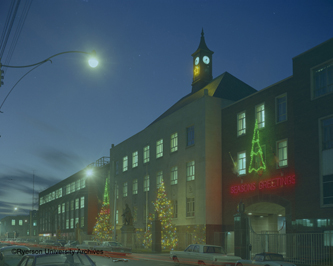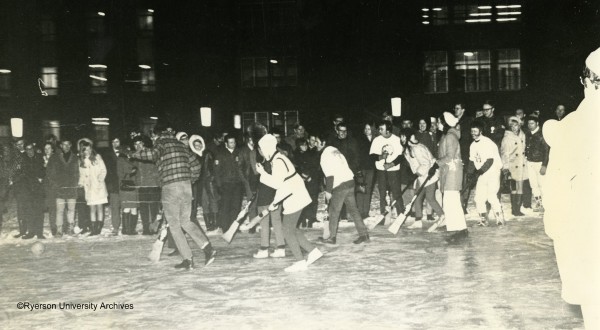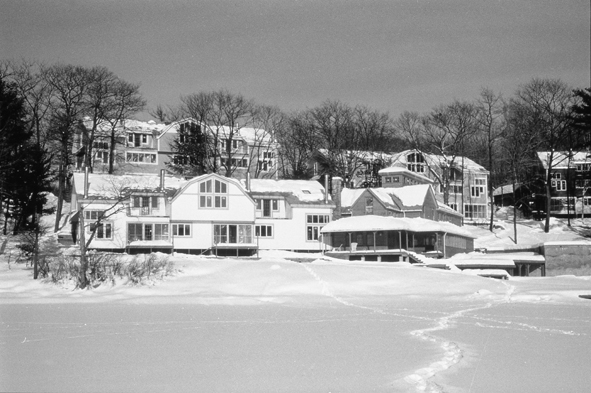Award Recipients
Adrian Walton-Cordeiro – Contesse De Bertren
Ailene Devries – Two Cities and a River
Fehn Foss – Remembering, Faring
Julia Garnet – Elements
Feline Gerhardt – About Mankind and the Attempt to Increase Significance
Warren Rynkun – The Yard
Honourable Mentions
Grayson Alabiso-Cahil – We’re not the first, and we won’t be the last
Rena Balmain-Matthews – Poems
Jana Beaton – Wallpaper Floorboards
April Beatson – Skate
Rebecca Bentolila and Natasha Serio – Yours and Mine
About the Award
As part of MPS507, a 3rd year Toronto Metropolitan University Image Arts class in The Photographic Book, students are expected to conceive of and create their own photobook. This is, in part, related to work that has been completed in the co-requisite class, MPS506 – Photographic Production. These are both required courses for the Bachelor of Fine Arts (Image Arts) Photography Studies Option. Each year, the Library purchases the top photobooks in the class, as judged by the Special Collections Librarian, Alison Skyrme, and a special invited guest (this year Robyn York of Anchorless Press). The library pays fair market value for each book, and commits to spending a maximum of $1000 per semester. The books are judged at the First Edition Photobook Show – an exhibition of the photobooks at the end of the semester. For evaluation, particular attention is paid to design, sequencing, and integration of images and text. The library catalogues each book, including a note about the award, and houses the books in Special Collections. Occasional exhibits are created to showcase the works.
History
The First Edition Photobook Award was established in 2015 by Image Arts instructor Christopher Manson and the Ryerson Library to honour 3rd year photography students who have made exceptional achievements in photobook production. It provides incentive for them to achieve early recognition that will have a lasting legacy in our collection.
Previous Award Recipients
The following 2016 award winners were presented with a certificate during the Image Arts Awards Night, November 19th, 2016: Andrea Chartrand, Kaya Kelley, Mina Markovic, Terence Reeves, Gabriel Steele, Alia Youssef.
2017 Award Winners
Guest Judge
Robyn York is a photographer and book artist whose work explores collecting, memory loss, and impermanence of place. She runs Anchorless Press, an independent publishing company that works with emerging artists to publish photo-based artists’ books, and has self-published and assisted in the design and production of over a dozen artists’ books and novels.
